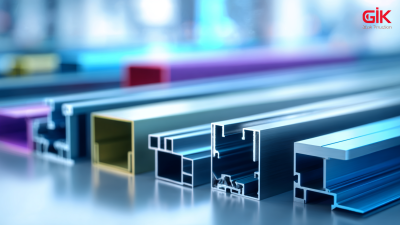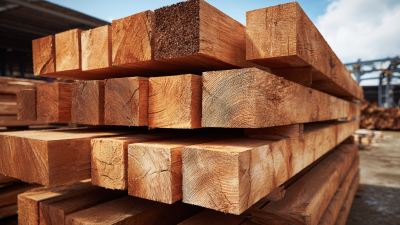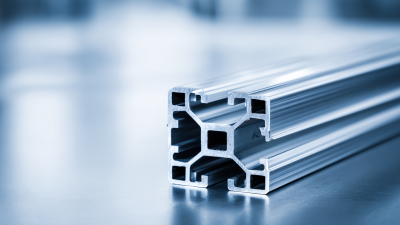In modern architecture, the quest for energy efficiency has never been more critical, particularly in light of rising energy costs and a global push for sustainability. Insulated Aluminum Frame Profiles are at the forefront of this transformation, offering innovative solutions that combine durability with outstanding thermal performance. According to a report by the U.S. Department of Energy, buildings account for nearly 40% of total energy consumption in the country, highlighting the need for effective insulation and energy-efficient materials. Utilizing insulated aluminum frames can reduce energy loss by up to 40%, thus significantly lowering heating and cooling expenses. Furthermore, a study from the National Renewable Energy Laboratory indicates that implementing advanced building technologies can lead to energy savings of 30-50% in new constructions. As architects and builders increasingly prioritize sustainable practices, insulated aluminum frame profiles present an invaluable option, blending aesthetics with functionality while addressing pressing environmental concerns.
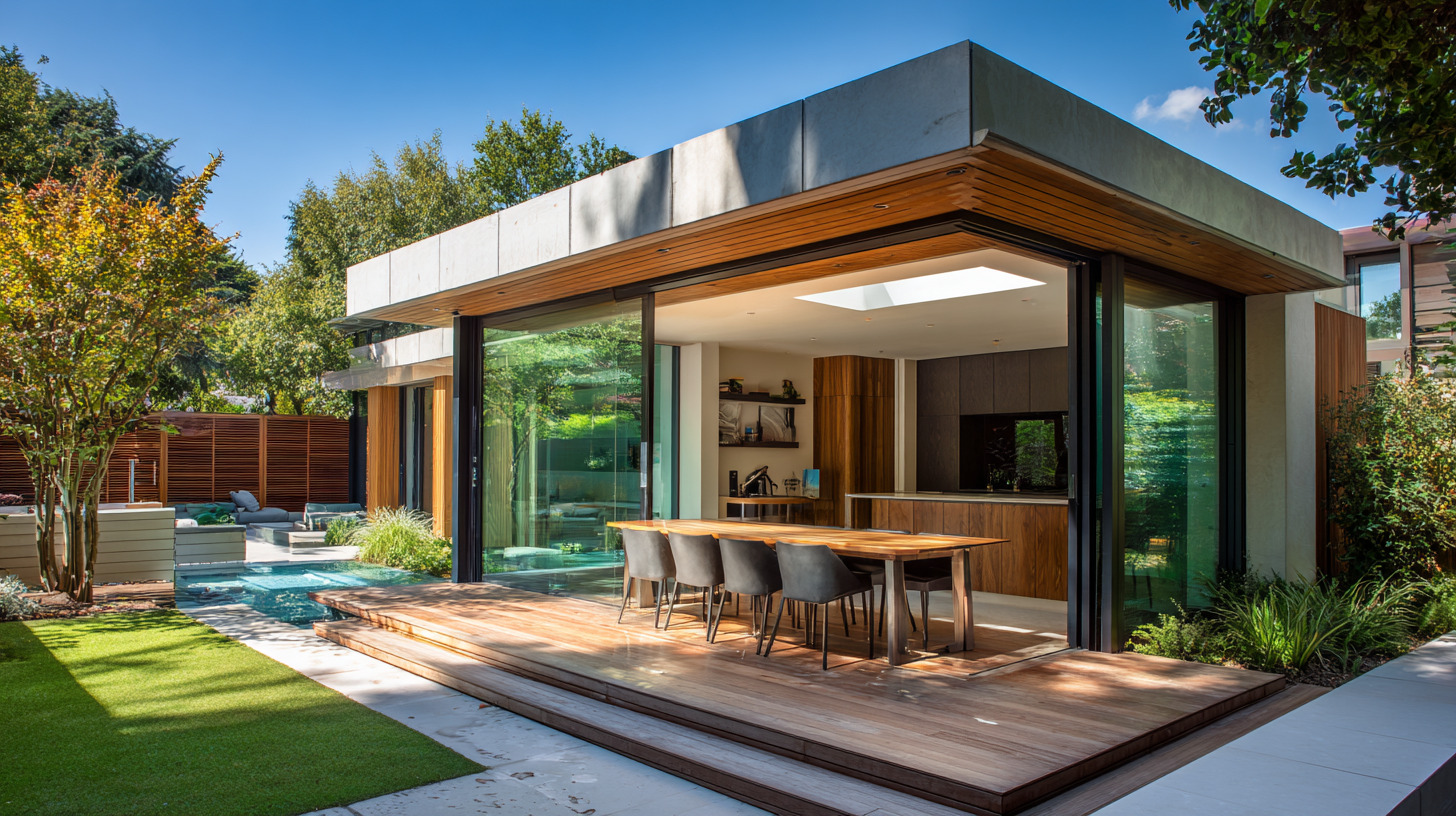
Insulated aluminum frame profiles are rapidly becoming a favored choice in modern architecture due to their significant advantages in energy conservation. Unlike traditional aluminum frames, which can compromise thermal efficiency, insulated profiles are designed with advanced materials that reduce heat transfer. This insulation helps maintain a stable indoor climate, reducing the reliance on heating and cooling systems, which in turn cuts energy consumption and lowers utility costs.
Additionally, the use of insulated aluminum frames contributes to a more sustainable building design. By enhancing energy efficiency, these profiles help meet increasing energy regulations and standards, making them an ideal choice for eco-conscious architects and builders. The long-term durability of aluminum ensures that these frames not only perform efficiently but also reduce the need for frequent replacements, solidifying their role in energy conservation. Ultimately, integrating insulated aluminum frame profiles into architectural designs fosters a transition toward greener, more energy-efficient structures.
Insulated aluminum frame profiles are transforming modern architecture by significantly enhancing energy efficiency. According to a report from the U.S. Department of Energy, buildings account for approximately 40% of total energy consumption in the country, emphasizing the need for design strategies that minimize energy usage. By incorporating insulated frames, architects can reduce thermal bridging, which is a critical factor in heat loss. Enhanced insulation properties of these frames can lead to a reduction in heating and cooling costs by up to 25%, making them a vital component in achieving energy-efficient building standards.

When designing with insulated aluminum frames, architects should consider several key factors. First, the thermal performance of the frame largely depends on the insulation material used, which can vary significantly in R-value. A higher R-value indicates better insulating properties, contributing to comfortable indoor environments. Furthermore, architects must account for the local climate, as the frame's performance will differ based on temperature fluctuations and humidity levels. Utilizing advanced software for energy modeling can help anticipate the frame’s impact on overall building performance, ensuring that it meets the energy efficiency goals set forth in green building certifications, such as LEED. Integrating these considerations will not only improve building sustainability but also enhance the aesthetic appeal of modern architecture.
Insulated aluminum frame profiles are revolutionizing modern architecture by merging aesthetics with enhanced functionality. These profiles not only offer a sleek, contemporary look that complements various architectural styles but also significantly contribute to a building’s energy efficiency. According to a report by the U.S. Department of Energy, properly insulated aluminum profiles can reduce thermal bridging, leading to energy savings of up to 30%. This is crucial in a time when energy conservation and sustainability are top priorities in construction.
Moreover, the visual appeal of insulated aluminum frames cannot be overlooked. They provide architects and designers with a versatile material that can be finished in a variety of colors and textures, allowing for greater creativity and customization in building designs. A recent study by the Aluminum Association highlights that buildings utilizing insulated aluminum profiles often experience a 15% higher market value due to their modern aesthetics and energy efficiency. Thus, integrating these profiles not only contributes to reduced energy costs but also enhances the building's overall value and appeal in the competitive real estate market.
| Aspect | Details |
|---|---|
| Energy Efficiency | Insulated aluminum frames provide superior thermal insulation, reducing heating and cooling costs. |
| Durability | Aluminum is resistant to corrosion, weathering, and requires minimal maintenance, ensuring longevity. |
| Aesthetic Variety | Available in various styles, colors and finishes, insulated aluminum profiles enhance building designs. |
| Application Flexibility | Suitable for a wide range of architectural styles, from residential to commercial buildings. |
| Sound Insulation | The design of insulated aluminum frames helps reduce noise pollution in buildings, enhancing comfort. |
| Environmental Impact | Recyclable aluminum contributes to sustainable building practices and reduces carbon footprint. |
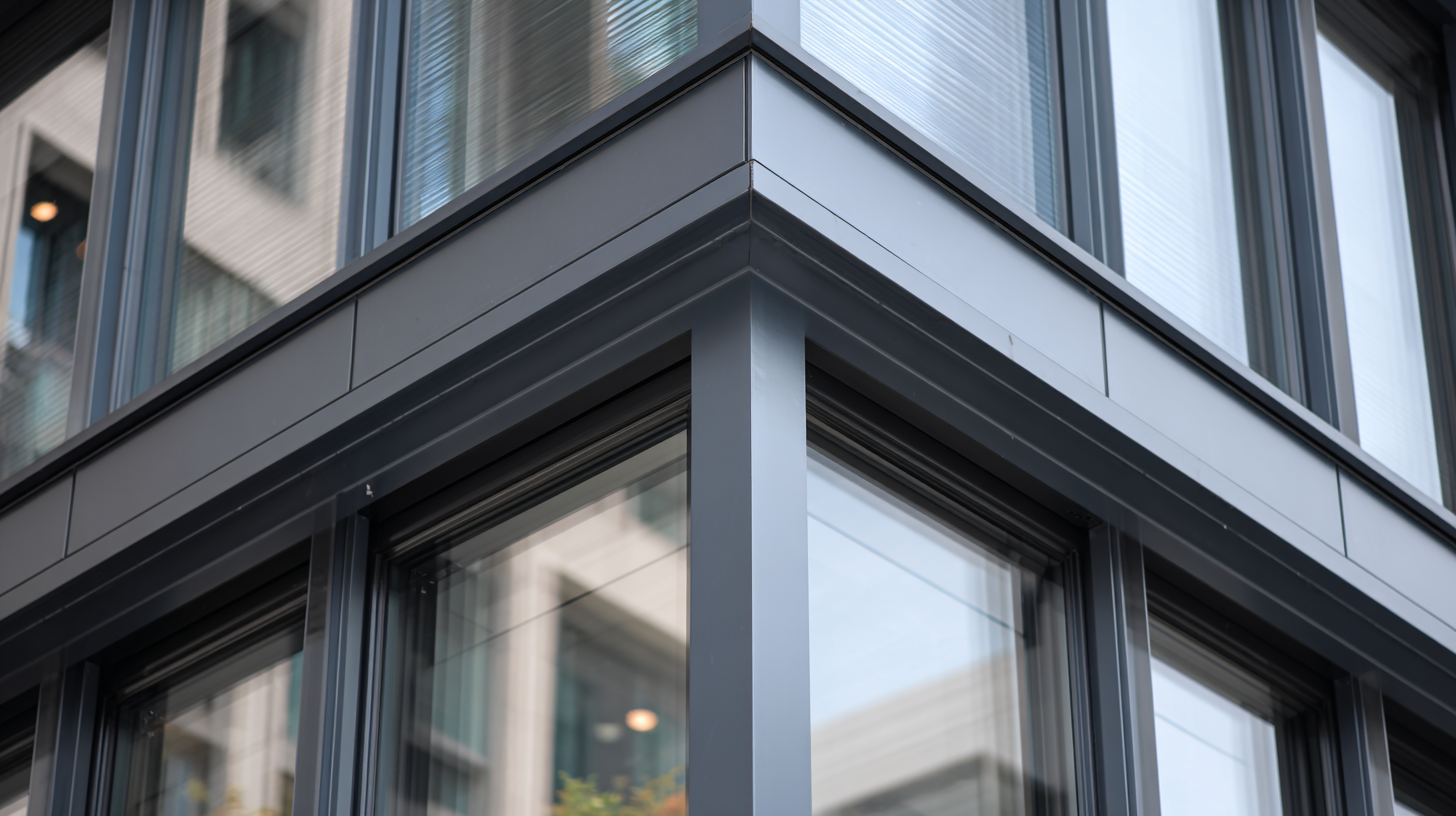 Insulated aluminum frame profiles present a compelling solution for modern architecture,
emphasizing not only aesthetic appeal but also notable financial savings over time. By integrating these advanced materials into building designs,
property owners can significantly reduce their energy consumption. The insulation properties of these frames help to maintain optimal indoor temperatures,
decreasing the reliance on heating and cooling systems, which directly translates to lower energy bills.
Insulated aluminum frame profiles present a compelling solution for modern architecture,
emphasizing not only aesthetic appeal but also notable financial savings over time. By integrating these advanced materials into building designs,
property owners can significantly reduce their energy consumption. The insulation properties of these frames help to maintain optimal indoor temperatures,
decreasing the reliance on heating and cooling systems, which directly translates to lower energy bills.
Furthermore, conducting a cost-benefit analysis reveals that while the initial investment in insulated aluminum frames
may be higher than traditional frameworks, the long-term savings outweigh the upfront costs. With enhanced energy efficiency,
these structures allow for a reduction in utility expenses and can even qualify for various energy efficiency incentives.
Additionally, the longevity and minimal maintenance of insulated aluminum frames contribute to reduced operational costs,
making them a smart choice for environmentally-conscious investors and builders alike.
The implementation of insulated aluminum frame profiles in modern architecture has demonstrated remarkable benefits, as evidenced by several case studies. One notable example is the use of these profiles in a high-rise residential building in Chicago. The architects incorporated thermally broken aluminum frames, which significantly reduced energy consumption by minimizing heat transfer. As a result, the building achieved a substantial reduction in heating and cooling costs, leading to improved sustainability and comfort for residents.
Another successful project can be seen in a commercial office complex in San Francisco, where insulated aluminum frames contributed to a striking balance between aesthetics and energy efficiency. The innovative design featured large glass facades framed with insulated aluminum, allowing natural light to flood the interior while maintaining exceptional thermal performance. This not only enhanced the visual appeal but also reduced reliance on artificial lighting, resulting in lower energy bills.
These case studies exemplify the transformative potential of insulated aluminum frames in modern structures, showcasing how they facilitate sustainable design while addressing the demands of contemporary architectural aesthetics.

